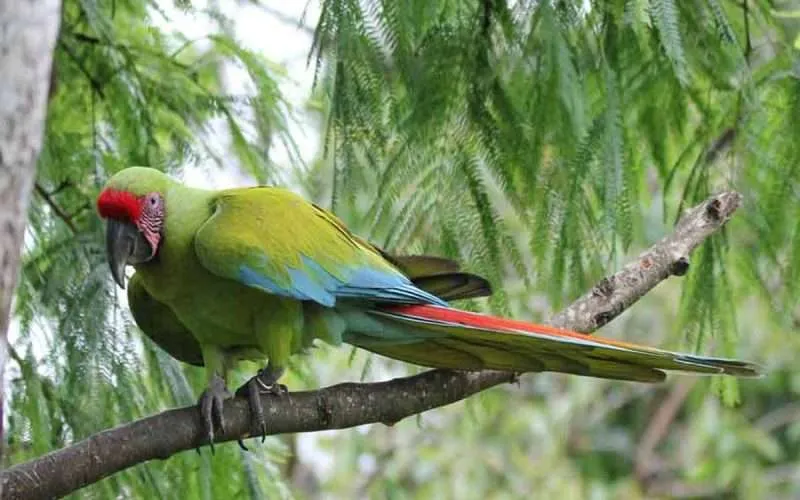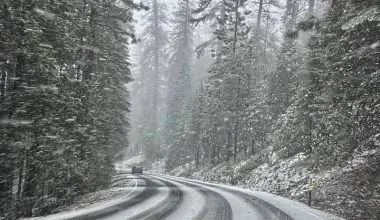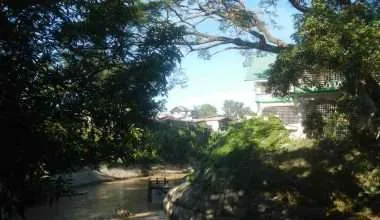Table of Contents Show
Our planet houses various unique and diverse ecosystems that are enriched with diversity and beauty for us to admire. Some of the most unique ecosystems on Earth are those that are highly complex and bustling with life.
An ecosystem is like a little bubble of life in which there are elements that interact with each other and form a connected web. In this interconnected ecosystem, both living and non-living things interact with each other.
Although all ecosystems help play a role in how the earth functions, some are considered irreplaceable. The ecosystem consists of flora and fauna not seen anywhere else, and they cannot survive outside that environment. Below are some of the most noteworthy examples.
Types of Ecosystems
1. Saltwater Ecosystems
Aquatic ecosystems are categorized in to 2; freshwater and saltwater. These ecosystems cover about 71% of the Earth’s surface. Oceanic zone is a part of ocean where pelagic animals like whales, sharks and tuna live.
Then there is a benthic zone which lies at the bottom of the ocean. Invertebrates live in that zone of the ocean.
The aquatic ecosystems are dependent on many factors that include temperature, geology, location, light, and tides.
2. Freshwater Ecosystems
The freshwater ecosystems cover about 0.8% of the Earth’s surface. The three main types of freshwater ecosystems are lentic, Lotic, and Littoral.
Lentic ecosystems consist of still water such as lakes and ponds. Lotic ecosystems consists of moving water such as streams and rivers. And the littoral zone is a zone that is close to the shore and has rooted plants growing in it. Seagrass is one example of a plant growing in the coastal ecosystem.
A wetland can be a part of a lake as they can be naturally formed on the shore. Lakes are able to fill up with sediment and become wetlands.
3. Terrestrial Ecosystems
Terrestrial ecosystems make up the remaining 28.2% of the Earth’s surface. They are said to have more light and less water than the aquatic ecosystems. These are also determined by climate and geology.
The six main climatic regions on land in which ecosystems form are tundra, taiga, temperate forest, tropical rain forest, grassland, and desert. The climate of the area determines the kind of species which are suited for the land.
11 Unique and Diverse Ecosystems on Earth
These regions have been scientifically identified as having irreplaceable and threatened biodiversity. They present a chance to conserve the most extensive and intact environments of these ecosystems.
1. Formaciones de Tepuyes, Venezuela
Tepuyes are giant plateaus in Venezuela. It’s like climbing a mountain only to realize that you are at the edge of a vast savannah; this is basically what a Tepuyes is like.
Sometimes they may also be referred to as “Table-top Mountains”; they house a wide variety of species that are not found anywhere else, such as the saffron-breasted redstart bird and the Fernandez’s sword-based bat.
The Tepuyes have inspired various creative works, such as Arthur Conan Doyle’s The Lost World and Disney Pixar’s Up.
2. Canaima National Park, Venezuela
The Canaima National Park is a World Heritage Site that is 3 million in Hectare and is found in southeast Venezuela. It’s unique, and popular features are the flat-topped mountain formations known as “tepuis, ” covering about 65% of the park.
In 1994, the park became a UNESCO World Heritage Site exclusively because of its tepuis. The park is significant for its ecological diversity. It protects population of many endangered mammals such as jaguars, giant river otters, giant anteaters, giant armadillos, and ocelots.
Twenty-nine species of birds and one-third of the plants found in the park are endemic to the National Park and are not found anywhere else on the Earth.
Angel Falls located in Canaima Park offers an amazing view of water falling off from table top ridge of Auyán Tepui. Also called Salto del Angel in Spanish, it is the world’s tallest water fall with total height of 979 meters and an uninterrupted plunge of 807 meters.
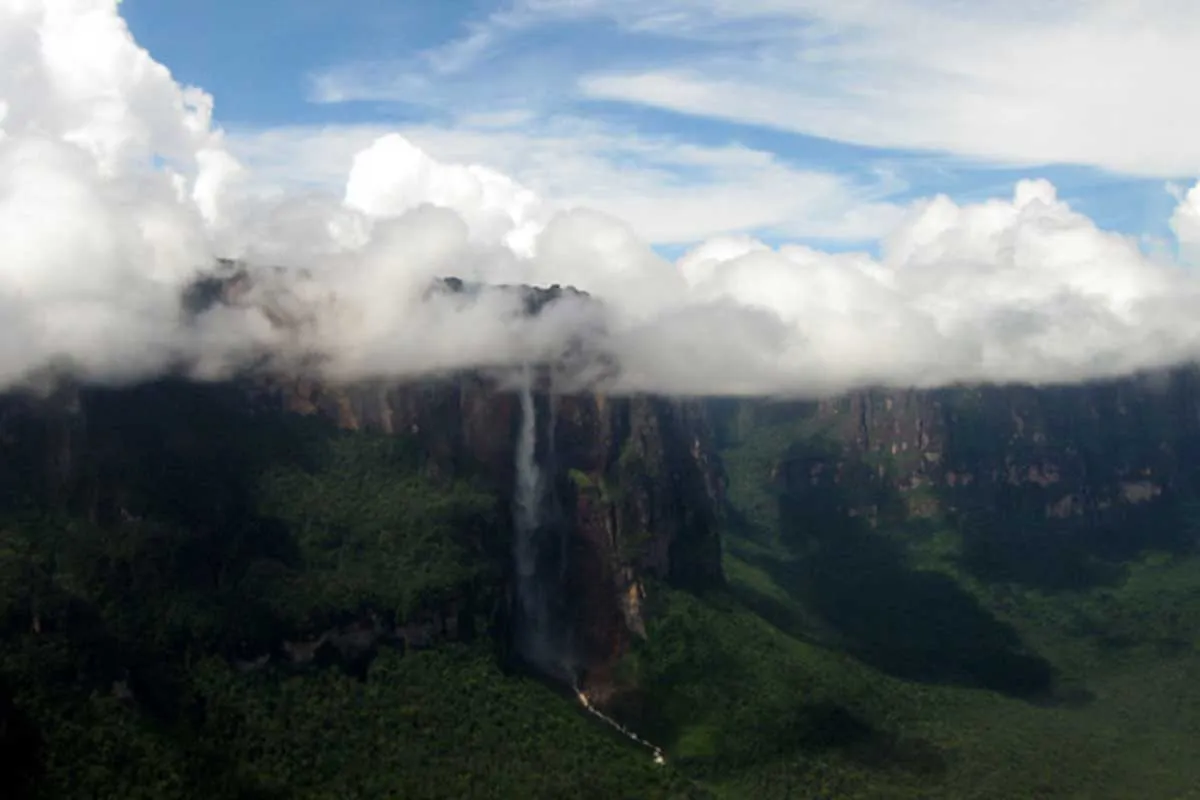
3. Galapagos Islands, Ecuador
The islands are an isolated archipelago located a thousand kilometers from the mainland of South America. These islands became of considerable interest to Charles Darwin in 1835 due to their endemic wildlife and their unique location where three ocean currents converge.
These ocean currents are Humboldt current, Cromwell current and Panama flow. The effect of these currents is to create a nutrient rich ocean environment .These nutrients attract abundant marine life. For this reason, the waters around Galapagos islands are sometimes called living aquarium.
Darwin found that the Galapagos Islands are home to marine iguanas, giant tortoises, flightless cormorants, finches, penguins and booby sea birds that are seen nowhere else on Earth.
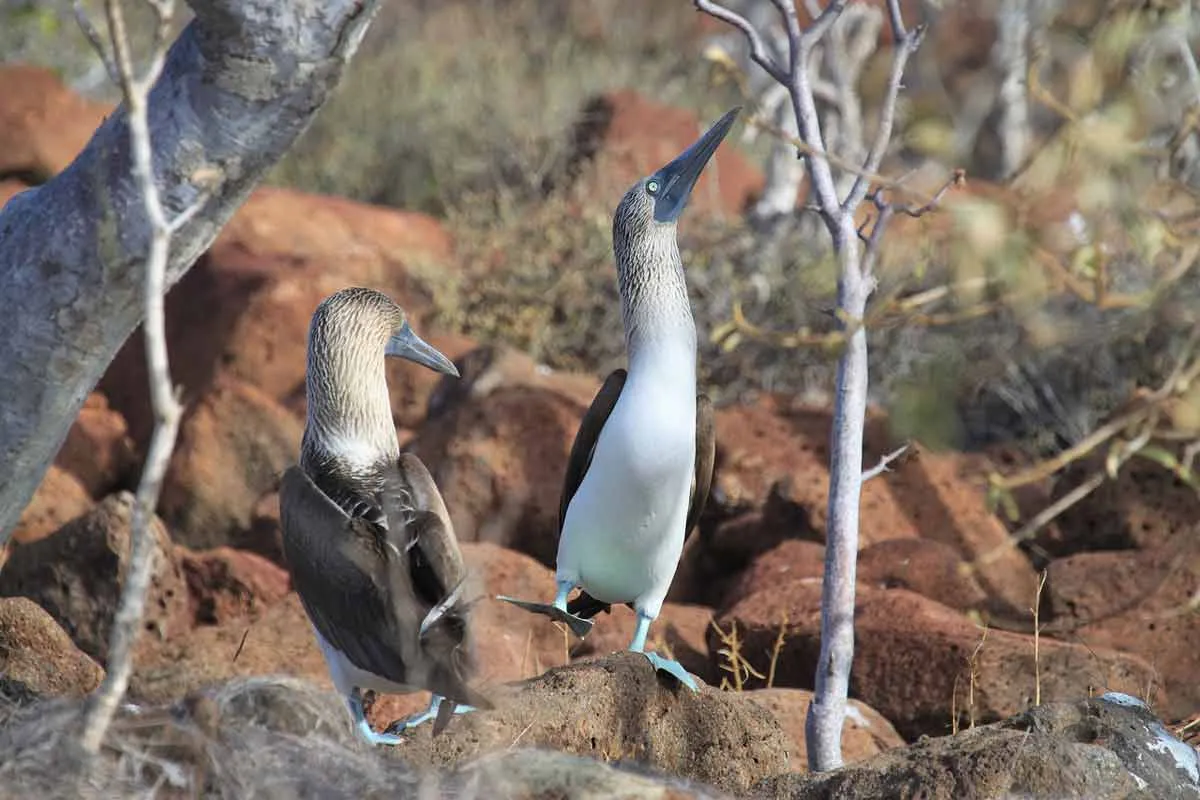
Since 1978, these islands are a UNESCO World Heritage site and continue to be an ecosystem known and protected for its rich and unique biodiversity. Galapagos islands are the only habitat in the northern hemisphere where you can find penguins!
4. Sierra Nevada De Santa Marta, Colombia
Sierra Nevada De Santa Marta is the highest coastal mountain range globally, having its tallest peak of 5,775 meters. The meaning of its Spanish name is Snowy Mountain Range of Saint Martha. In 1979, the mountain range was declared a UNESCO Biosphere Reserve and a World Heritage Site.
The mountain range provides habitat for endemic species found nowhere else in the world. This is so because here, the wildlife has lived at about 3,000 feet above sea level since the beginning of time. Thus, the wildlife here has evolved in isolation.
You can find 17 types of amphibians including five species of beautiful harlequin toads. Additionally this ecosystem is home to Jaguars, peccaries, tapirs, howler monkeys and deer. Among the birds, there are around 70 species, including El Paujil, condors, and mountain parrots that are only found here.
The Sierra Nevada is also known for its Teyuna Archaeological Park, also called the Ciudad Perdida or Lost City.
5. Calauit Game Preserve and Wildlife Sanctuary, Palawan, Philippines
The Calauit Game Preserve is an experiment based on wildlife translocation. The preserve was created in 1976 by the order of the presidential decree.
The project began the following year with the importation of eight animal species endemic to Africa’s continent: eland, giraffe, zebra, bushbuck, impala, waterbuck, gazelle and topi antelope.
Since then, the animals have gone onto thrive in, and their populations have increased. The only animals that did not do so well, unfortunately, were the topi and gazelle.
It has now become a widely traveled destination site for tourists who wish to see giraffes. Many curious researchers are trying to understand how these African animals, only endemic to Africa, are thriving in Southeast Asia.
6. Imataca Forest Reserve, Venezuela
Like the other previously mentioned places, the Imataca Forest Reserve is also a protected area in Venezuela. It lies on the eastern border with Guyana.
It is a destination of choice for bird enthusiasts and ornithologists. You have opportunity see red-throated caracara, black nunbirds, more magnificent yellow-headed vultures, painted parakeets, etc. However, the main star attraction is the Harpy Eagle.
Harpy Eagle is among the largest existing species of eagles in the world with a wing span of up to 2 meters. They are also powerful predators with strong and long talons.
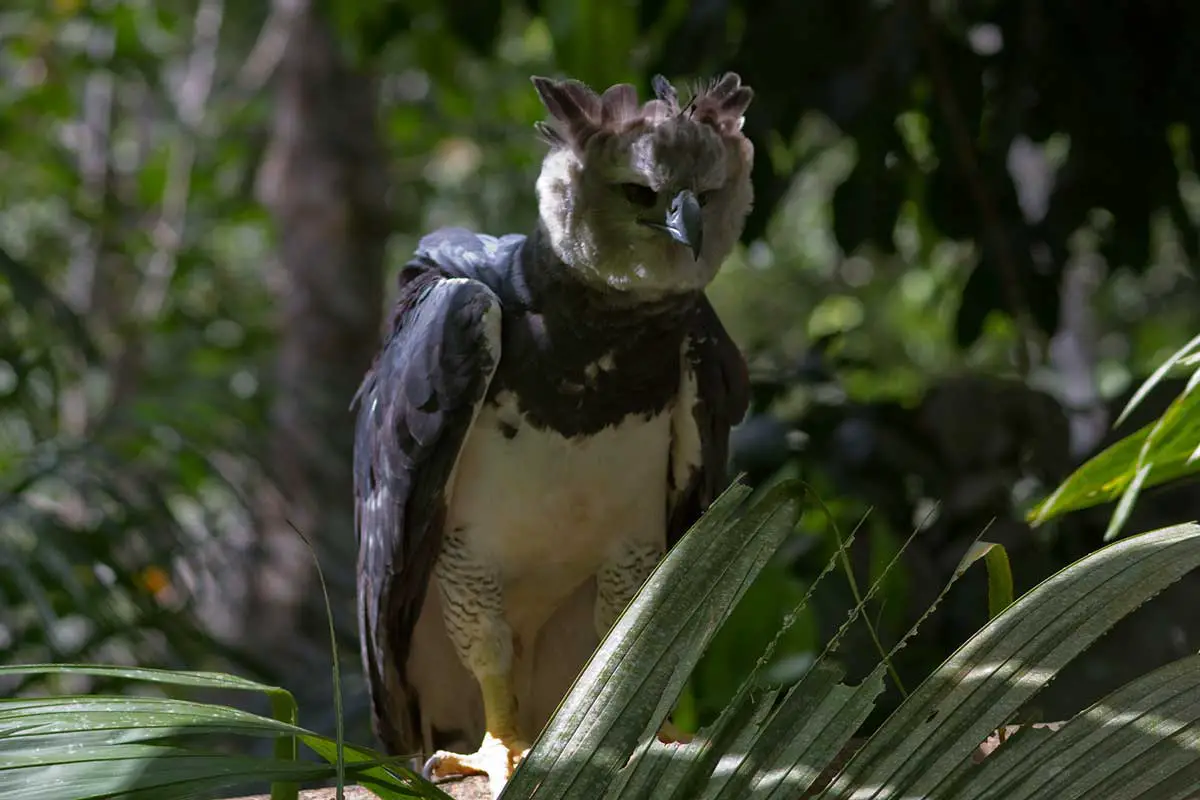
7. Socotra, Yemen
Located 220 miles off the shores of mainland Yemen, Socotra is another isolated archipelago site.
The island has the fourth-highest number of endemic plant species per square mile than any other islands on the Earth. Some of its alien-like endemic plant species include the cucumber tree, desert rose, and the dragon’s blood.
Most of the Socotra’s endemic species are said to be located near cliffs and heavily rely on mist condensing on rocks for moisture. 37% of the 825 plant species, 90% of the reptile species, and 95% of its land snails are only seen in the Socotra Archipelago.
This is due to its precious terrestrial and marine life. The Socotra went onto be declared as a UNESCO World Heritage site in 2008. The Socotra islands have experienced a more significant time of geological isolation. They are said to be one of the most alien-looking places on the face of the planet.
8. Darien National Park, Panama
The park forms a land-bridge between South America and Central America. It boasts a highly remarkable diversity of ecosystems such as palm forests, mangroves, sandy beaches, wetlands, and some incredible rivers, such as Balsa and Tuira.
The Darien National Park also has several animals that are threatened or endangered.
Brown-headed spider monkey, the great green macaw, the giant anteater, and the Central American tapir are few of the vulnerable or endangered animals.
Darien is also home to 1200 indigenous Amerindians of the Kuna and Choco tribes.
9. Wet Tropics of Queensland, Australia
Founded on the northern coast of Australia, the Wet Tropics is a UNESCO Heritage Site. The area comprises 894,420 hectares, most of which is a tropical rainforest that also contains forests from the Gondwanan era. These used to cover Antarctica and Australia 50 to 100 million years ago.
The Wet Tropics are rich with flora and fauna. The ecosystem contains 11 mammalian species, 11 bird species, 22 amphibian species, 24 reptile species, and 576 plant species which are exclusively seen in the Wet Tropics.
The ecosystem also houses 30% of Australia’s marsupial species.
10. Lorentz National Park, Indonesia
The Lorentz National Park is the largest protected area in Southeast Asia, covering 2.35 million hectares on Papua, Indonesia. Its mountain range was created through the collision of Australian and Pacific tectonic plates.
It is the only protected area on the planet with snow-capped mountains and lowland wetlands and everything in between marshes, alpine vegetation, coastal mangroves, and other fantastic stuff.
11. Lord Howe Island group, Australia
The Lord Howe Island group is in the territory of New South Wales, Australia and it has the most southerly actual coral reef in the world. The island provides breeding grounds for colonies of seabirds such as the red-tailed tropicbird and the providence petrel.
It also aims to provide habitat for various threatened and endangered endemic plant and animal species. Some of these endemic species include the Lord Howe Island Phasmid, the world’s most abundant stick insects, and the Lord Howe woodhen. However, interestingly, you would find no snakes there
The Lord Howe Islands are part of The Permanent Park Reserve while the surrounding waters were declared Marine Parks. The area was declared a Heritage Site in 1982.
